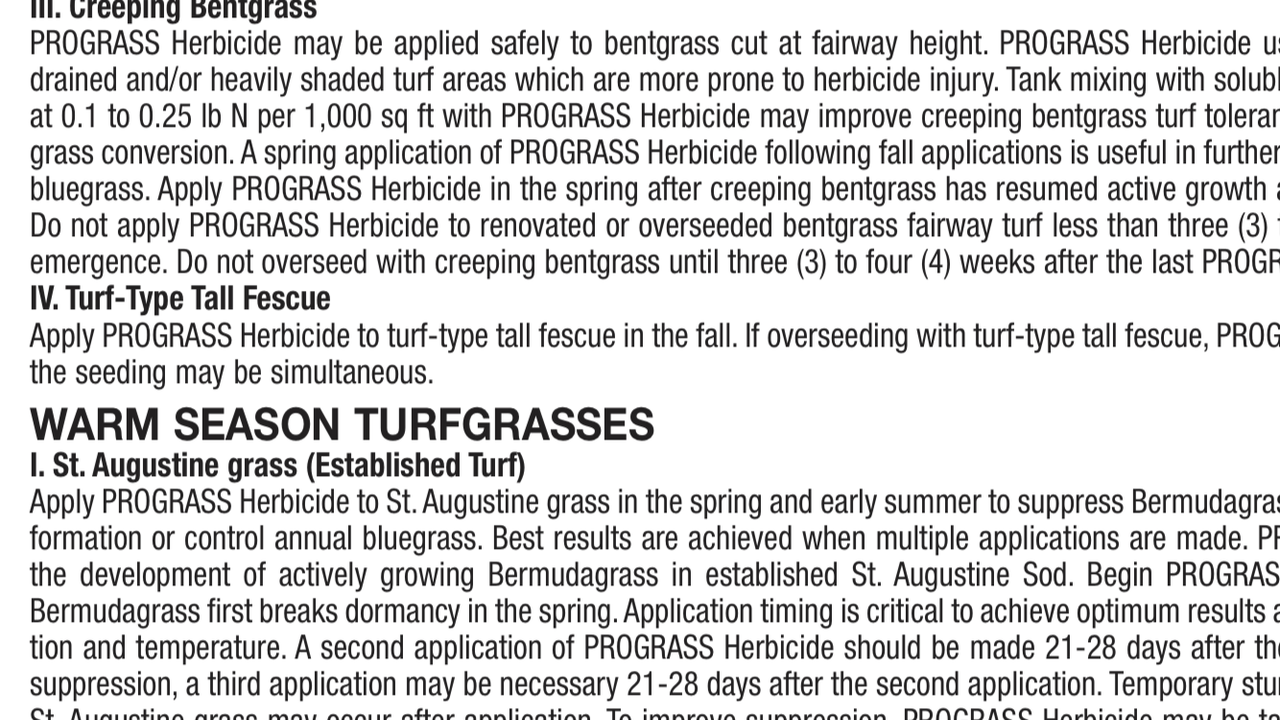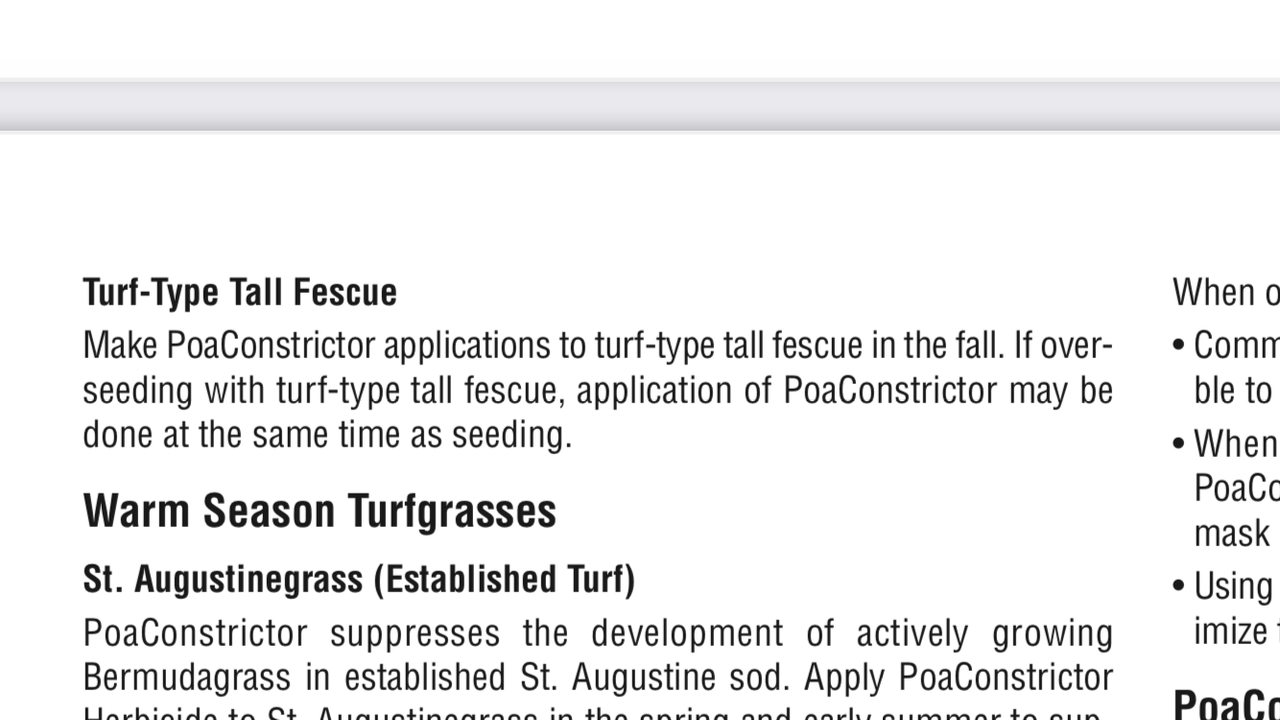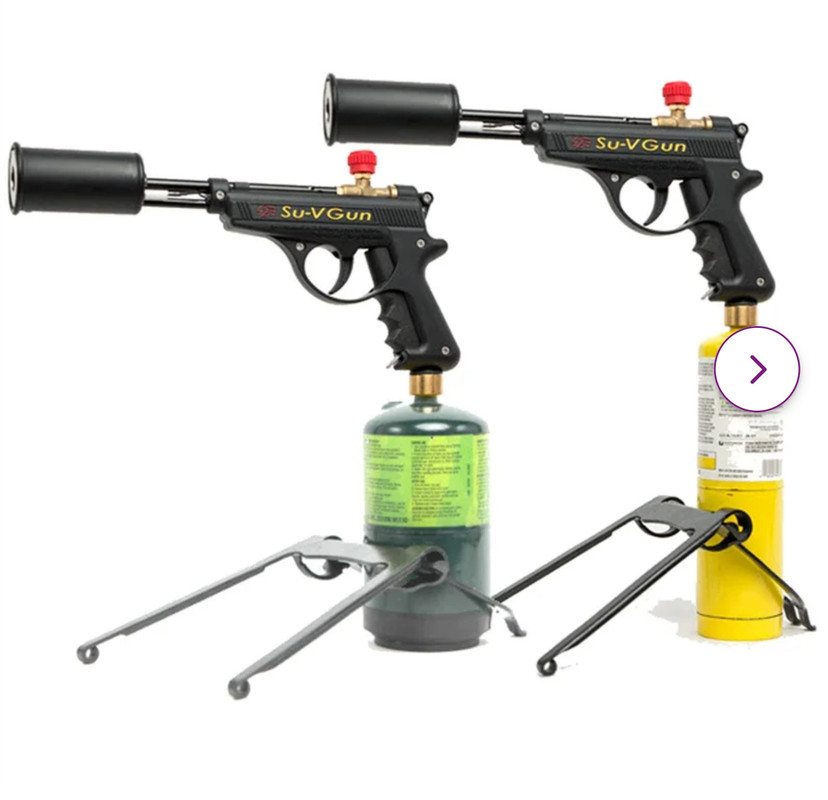Hello All
Want to run something by you guys. Have small patches of poa annua growing here & there in my back yard. Backyard area is a big size. Let me explain this a best as I can by stating a simple fact about poa. The poa there now will die off in the summer, drop it's seeds, & those seeds will germinate in the fall, & by next year at this time, there will be more poa as a result. So this is what I did to try & break that cycle. Took me two days, but I cut the all poa stalks with the seed & the poa itself flush to the ground, & sucked them up with a shop vac. Did every last one of them!. Next, I want to hit each cut down poa with Tenacity, followed by ETHO 4SC to kill them, even though they should die on their own, but won't be dropping seed because at least 95% of the seed heads they had are gone. (I was very thorough & methodical. Wife was gonna call the white coats). After the Tenacity & ETHO, I want to seed about mid-May. (Read you can seed with Tenacity & ETHO). With that, my question is this... Can I seed (using tall fescue) without ripping out the dead poa, just rake over it, & top dress it with good topsoil & peat moss? If so, and if the new grass is established by Sept 1; I plan to pre-emerg the living @#%^&* out of the yard heavy, to get any remaining poa seed I might have missed, plus any poa seed in the ground. Does this sound viable? OR...do I even have to spray Tenacity & ETHO on the poa since it's going to die anyway, & not drop it's seeds? THANKS!!
Want to run something by you guys. Have small patches of poa annua growing here & there in my back yard. Backyard area is a big size. Let me explain this a best as I can by stating a simple fact about poa. The poa there now will die off in the summer, drop it's seeds, & those seeds will germinate in the fall, & by next year at this time, there will be more poa as a result. So this is what I did to try & break that cycle. Took me two days, but I cut the all poa stalks with the seed & the poa itself flush to the ground, & sucked them up with a shop vac. Did every last one of them!. Next, I want to hit each cut down poa with Tenacity, followed by ETHO 4SC to kill them, even though they should die on their own, but won't be dropping seed because at least 95% of the seed heads they had are gone. (I was very thorough & methodical. Wife was gonna call the white coats). After the Tenacity & ETHO, I want to seed about mid-May. (Read you can seed with Tenacity & ETHO). With that, my question is this... Can I seed (using tall fescue) without ripping out the dead poa, just rake over it, & top dress it with good topsoil & peat moss? If so, and if the new grass is established by Sept 1; I plan to pre-emerg the living @#%^&* out of the yard heavy, to get any remaining poa seed I might have missed, plus any poa seed in the ground. Does this sound viable? OR...do I even have to spray Tenacity & ETHO on the poa since it's going to die anyway, & not drop it's seeds? THANKS!!







